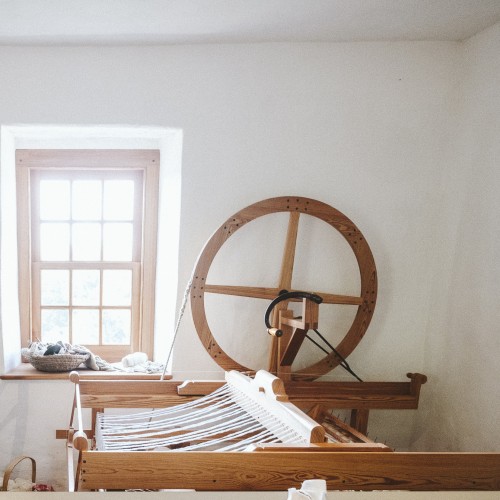In 1812, Jefferson expanded and mechanized cloth manufacturing at Monticello, establishing a textile workshop in a building along Mulberry Row originally constructed as housing for free white workers.
In this building, a dozen enslaved women and girls wove coarse fabric to help clothe Monticello slaves. Girls began spinning and weaving around age 12 – the same time that boys learned nail-making.
The textile workshop featured two 18th-century inventions – the loom with a "flying shuttle" (1733) and the "spinning jenny" (1770) – that greatly increased the amount of cloth his enslaved spinners and weavers could make. By 1815, Jefferson reported, "I make in my family 2000. yds of cloth a year, which I formerly bought from England, and it only employs a few women, children & invalids who could do little in the farm."
Videos about the work and people of the Textile Workshop

The Technology of the Textile Workshop
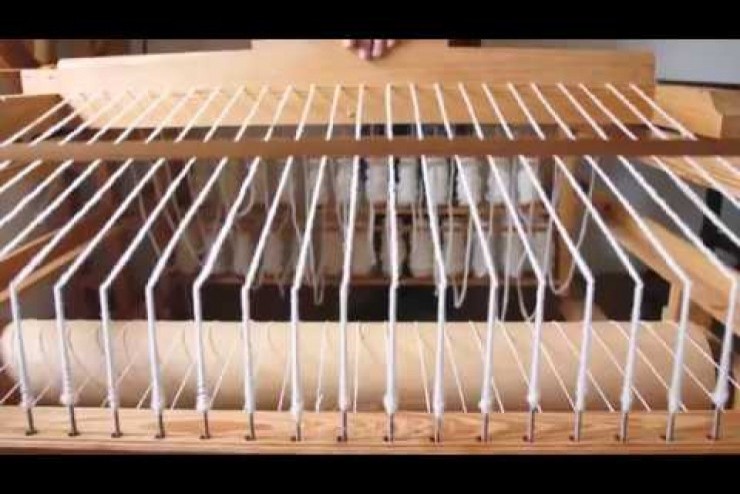
Operation of the Spinning Jenny
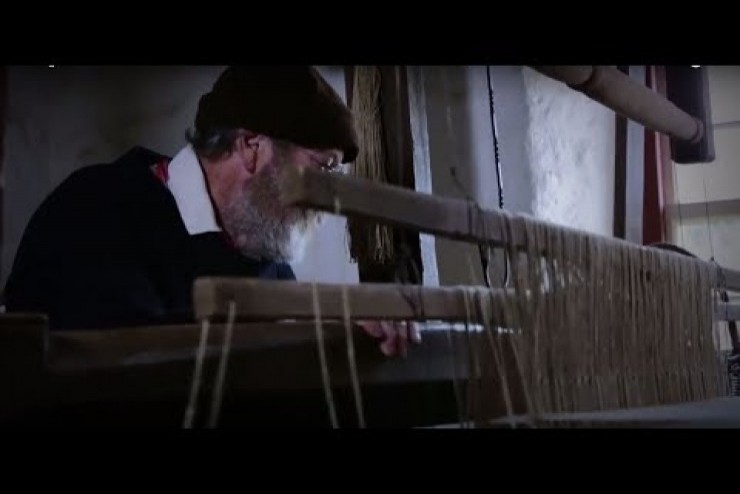
Weaving with a Flying Shuttle Loom
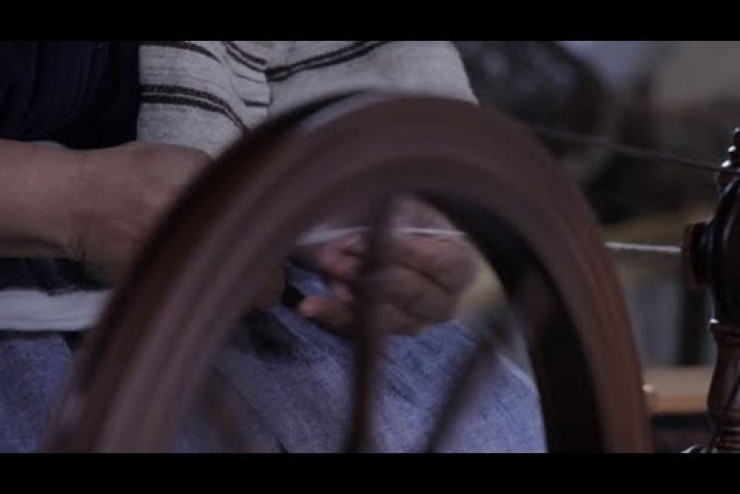
The Life of Nance Hemings - an Enslaved Weaver at Monticello
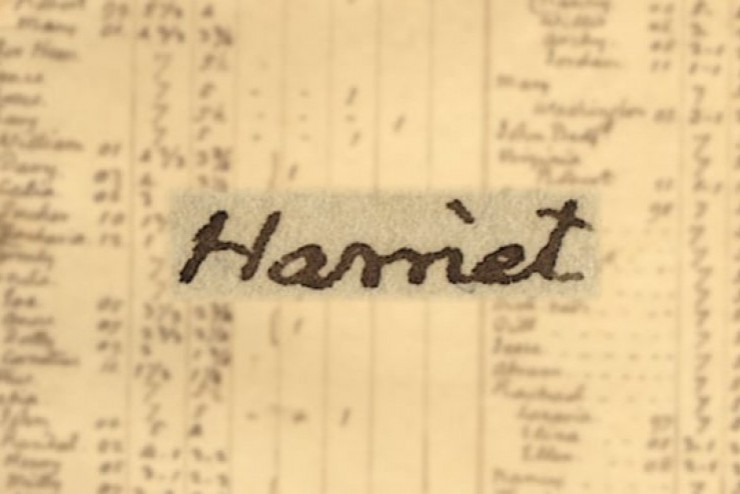
Harriet Hemings Leaves Monticello
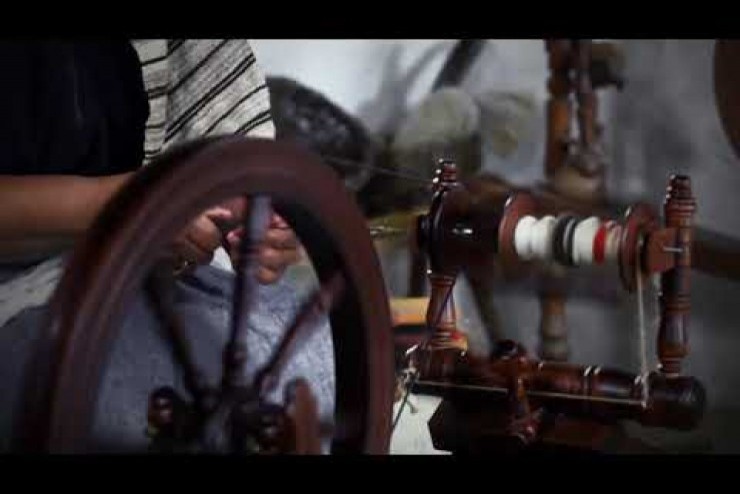
The Twist in the Fiber - Spinning at Monticello
